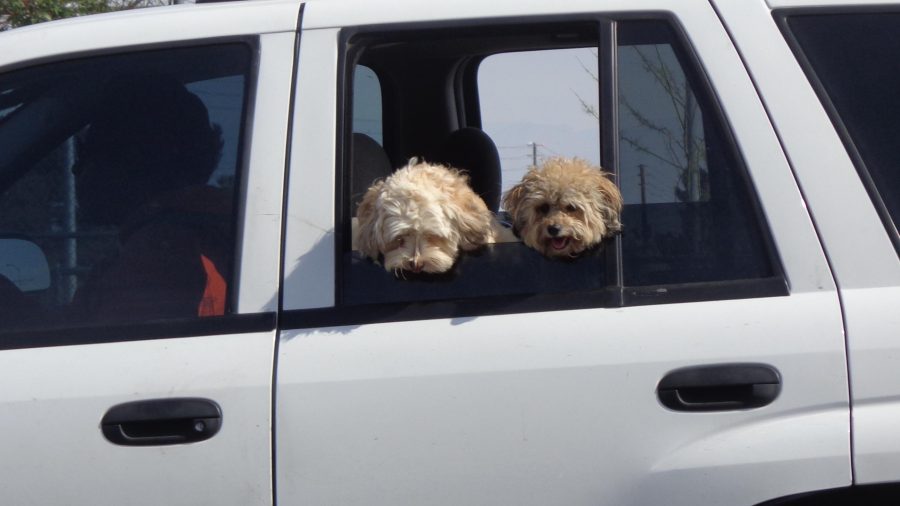Did you know that in Australia, we have more household pets than people? The most popular pet is a dog and a quarter of all households own a dog or two. Many people like to take their dogs with them wherever they go – on holiday, to the shop or cafe. But do you how to travel safely – and legally – with your dog?
On public transport
You will never see dogs on trains or coaches, because it is not allowed. But in a box or basket – and with staff permission – your pet can travel on buses, ferries, light rail and in taxis. If you have a companion animal and therefore have to take your dog everywhere, the rules are less strict.
On your bike
On bicycles or motorbikes, the rules are clear. You must not ride with your dog (or other animal) between yourself and the handlebars. It is also forbidden to tether and lead your dog from any moving vehicle, including a bicycle.
In your car or Ute
Once again, you must not drive a vehicle with a dog in your lap. Ute owners must not drive with a dog unrestrained in the tray.
Obviously, dogs are a distraction and you cannot be sure how they will behave at any time. If you stop suddenly while driving at 60kms per hour with an unrestrained 20kg dog, the impact is the same as if it fell on you from a third floor balcony.
Prevention of Cruelty to Animals Act says, if an unrestrained pet is injured while travelling, the owner may be heavily fined or even face jail. This is because the owner has failed to take proper care of an animal’s life or wellbeing. But it is still not legally compulsory in Australia to restrain your dog.
Use a restraint
There are three good, simple reasons to use a restraint while travelling:
- You as the driver are less likely to become distracted
- Your dog won’t jump or fall out of the window after sudden braking or jolting
- They won’t become a heavy projectile and collide with you or your passengers.
The only way to travel safely with your dog is to restrain them on the back seat in a harness, or crate. Currently, there is no validated testing of pet harnesses for quality and safety. Some carmakers are starting to consider travelling pets in the design of their vehicles.
As distracting as mobile phones
A recent University of Adelaide study found two thirds of Australians do tether their animals in the car. In NSW and Queensland, the figure is slightly higher at 70%. (Just over half of Americans restrain their dog, and 72% of British owners.) In Australia, dog owners usually prefer a harness and tether attached to a seat buckle.
The lead researcher claims having an unrestrained dog may be comparable to using a mobile phone in the car. This is because they are so distracting. You may be tempted to admire and pat your beloved dog whenever you have a free moment. It could be just the wrong moment.
Just as fines for illegal mobile use are increasing, we wonder how long it will be before it becomes compulsory to restrain your dog?


your opinion matters: